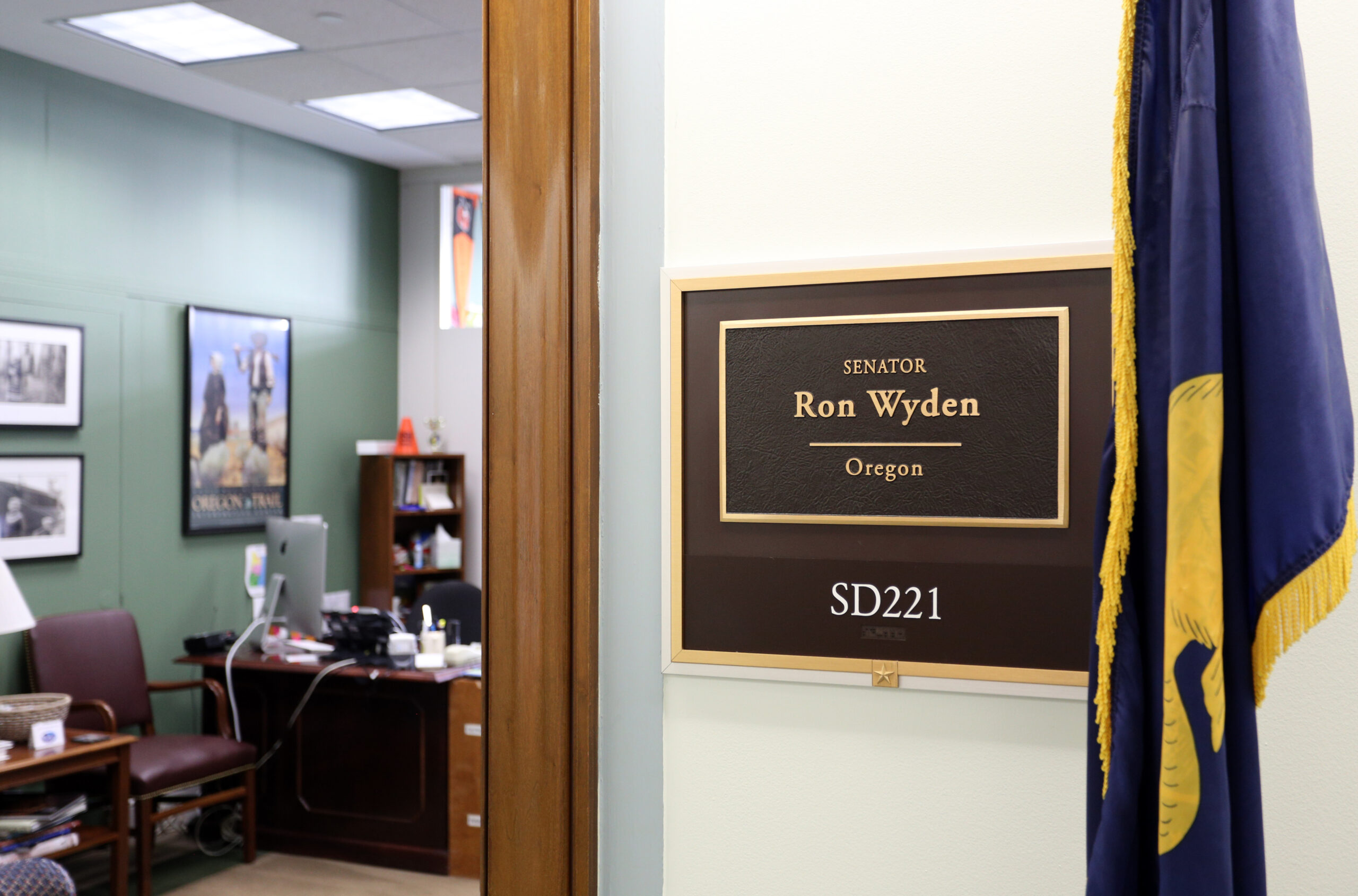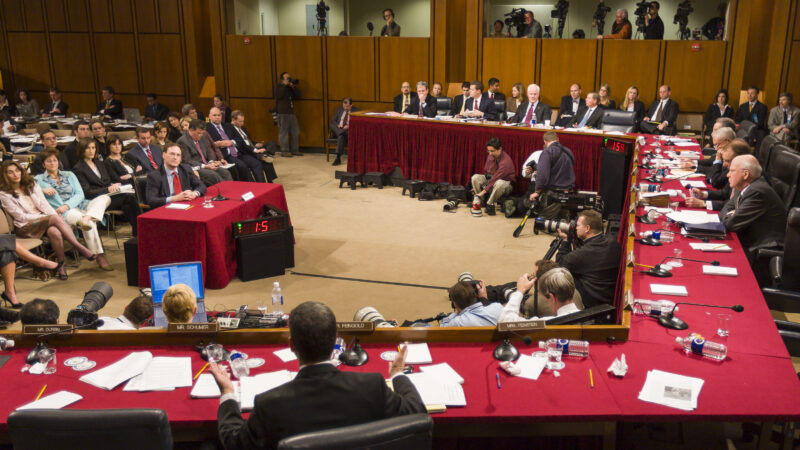Grant Tudor develops and advocates for a range of reforms to shore up our democratic institutions.
Constituent relationships under proportional representation
- September 11, 2023
What would constituent services look like with more than one representative per district?

The scholar Pippa Norris captures well a conventional wisdom that the “territorial basis of single member districts is believed to provide a strong incentive for constituency service, ensuring that members remain concerned about the needs and concerns of all their constituents, not just their party faithful.” By virtue of representing an entire district, this thinking goes, a single official is encouraged “to take heed of the views of all of their constituents” and can better advocate for and represent them. Thus, one important concern regarding a switch to multi-member districts may be implications for the representative-constituent relationship.
However, research suggests that constituents in single-member districts are not more likely to feel that their representatives take heed of their views than those in multi-member districts. In the U.S., linkages between representatives and their constituents are particularly weak, likely undermined by a variety of factors including polarization and uncompetitive districts.
Read more: Towards Proportional Representation for the U.S. House Read more: Towards Proportional Representation for the U.S. House
As John Curtice and W. Phillips Shively reflect on single-member districts, there is “little reason why elected representatives should go out of their way to act as intermediaries on behalf of those who prove to be committed supporters of an opposition party” — a dynamic likely exacerbated by the stark decrease in competitive single-member districts across the U.S. By contrast, with proportional multi-member districts, many (and in some cases, nearly all) voters are represented by at least one member of their own party with whom they can engage for services, and who may be more likely to compete for constituents’ support.
In an assessment of 30 countries, Curtice and Shively find little supporting evidence that single-member districts create stronger representative-constituent relationships. On the contrary, they find that citizens in multi-member districts are more likely “to believe that their elected representatives are in touch with public opinion” and just as likely “to name correctly at least one of the candidates standing in their district.” In the U.S., 52 percent of surveyed constituents can correctly name any candidate for their district, well below the average in surveyed multi-member systems (64 percent). The number of constituents per representative may help to explain some variation between countries. The exceptionally large representative-to-constituent ratio in the U.S., a function of our relatively low assembly size for our large population, likely exacerbates poor linkages between elected officials and the people they are supposed to represent.
It appears unlikely that a change from single-to multi-member districts in the U.S. would worsen representative-constituent relationships. Rather, there are reasons to suspect they could improve, as more constituents would have at least one representative in office for whom they voted and who advocates on their behalf.
This analysis is adapted from Towards Proportional Representation for the U.S. House, published by Unite America and Protect Democracy. Read the full report here.
Related Content
Join Us.
Building a stronger, more resilient democracy is possible, but we can’t do it alone. Become part of the fight today.
Donate
Sign Up for Updates Sign Up for Updates
Explore Careers Explore Careers
How to Protect Democracy How to Protect Democracy





